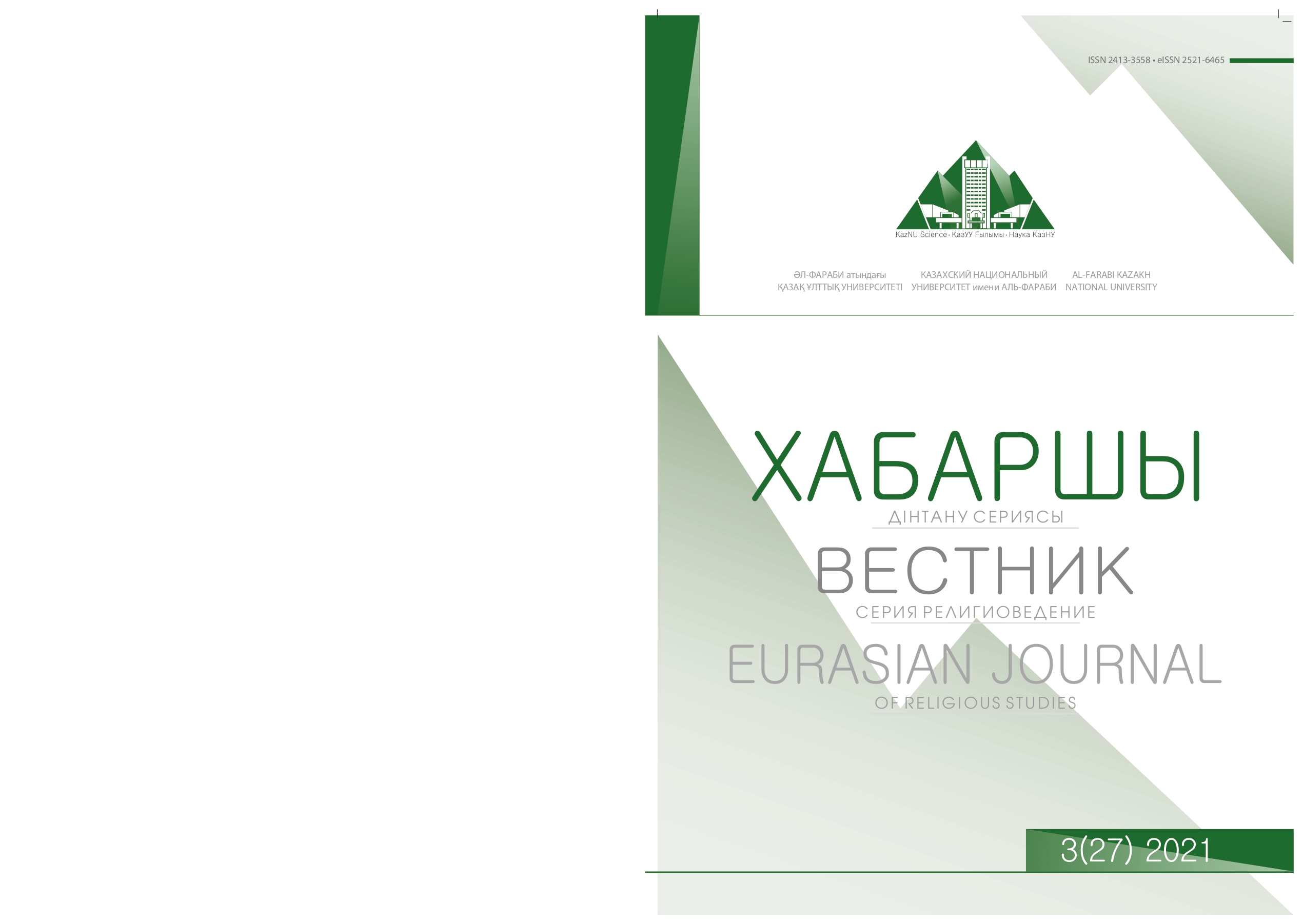Cyberjihad: expressions of terrorism on the internet
DOI:
https://doi.org/10.26577//EJRS.2021.v27.i3.r7Keywords:
cyberspace, internet, cyber terrorism, information society, physiological warAbstract
The Internet, along with its public promotion, has developed into the integrator of cultures, a means of communication between business, consumer and government. However, as the volume of users increased, cases of its utilization different from its initial purpose increased, too. Namely these are pornography, content promoting violence, as well as an influence of various extremistic organizations. Groups pursuing various political goals commenced to use the network to carry out their own propaganda, to communicate with their supporters, to raise public awareness of what they are doing, and even to carry out their own opreations by the virtue of the internet. The article provides conclusions and suggestions on cyberjihad and cyberterrorism, which take place in cyberspace, on the basis of scientific approaches to them. Some thoughts and summaries are provided here to highlight the use of the term Islam as well as the essence of the word “jihad”, which derived from the Arabic language. The methods of comparison and germenetic analysis were used in carrying out the study.
Keywords: cyberspace, internet, cyber terrorism, information society, physiological war
References
Alexander, L. M. (2019). Terrorism: Theory and practice. – NY: Routledge. – 296.
Denning, E. D (2000). Cyberterrorism. 1-10. Available from:
https://calhoun.nps.edu/bitstream/handle/10945/55351/Denning_Dorothy_2000_cyberterrorism.pdf?sequence=1&isAllowed=y
Onwudiwe, I. D. (2018). The globalization of terrorism. Routledge. – 190.
Osman, K., Alarood, A., Jano, Z., Ahmad, R., Manaf, A. A., & Mahmoud, M. (2019) A Conceptual Model of Cyberterrorists’ Rhetorical Structure in Protecting National Critical Infrastructure. In International Conference on Smart Innovation, Ergonomics and Applied Human Factors (pp. 421-427). Springer, Cham.
Rahimjonov, D. (2019) The importance of social rehabilitation of people who have fallen under the influence of extremist ideas in the process of globalization. The Light of Islam, 2019(1), 12.
Seed, D. (2019) EMP and Cyberterrorism. In US Narratives of Nuclear Terrorism Since 9/11. – London: Palgrave Macmillan. – 233-270.
Topal, R. (2019) A cyber-psychological and behavioral approach to online radicalization. In Multigenerational Online Behavior and Media Use: Concepts, Methodologies, Tools, and Applications. IGI Global. – 1031-1042.
Umarov, B. (2018) psychological problems of prevention of extremism and terrorism among young people. The Light of Islam, 2018 (1). – 23.
Vacca, J. R. (Ed.) (2019) Online Terrorist Propaganda, Recruitment, and Radicalization. - Boca Raton: CRC Press. – 532.
Weimann, G. (2004) Cyberterrorism. How real is the threat? December 2004. www.usip.org/
Weimann, G. (2004a) How modern terrorism uses the internet. March 2004. Special report. https://www.usip.org/sites/default/files/sr116.pdf
Zhaholatga qarshi ma’rifat (2019) [Enlightenment against ignorance]– Toshkent: "O’zbekiston halqaro islom akademijasi" nashrijot-matbaa birlashmasi. – 120.




